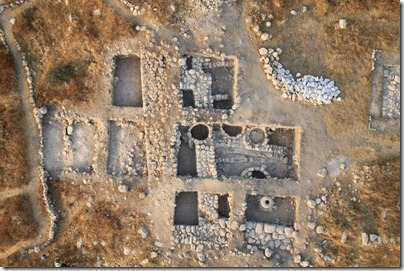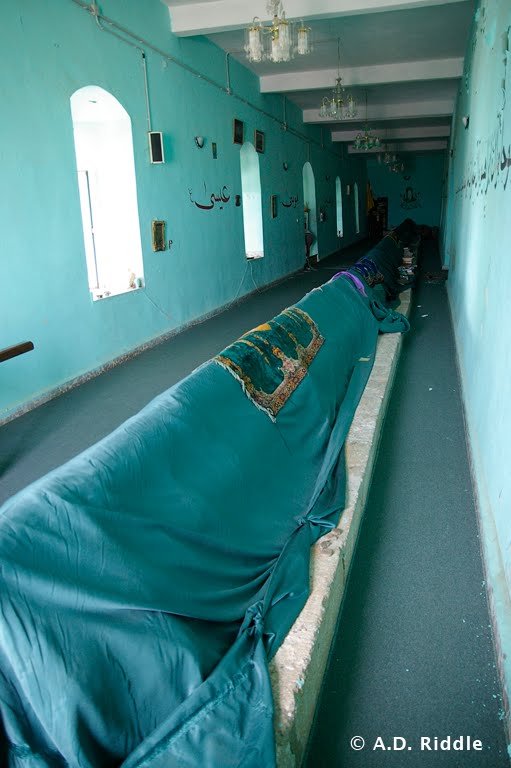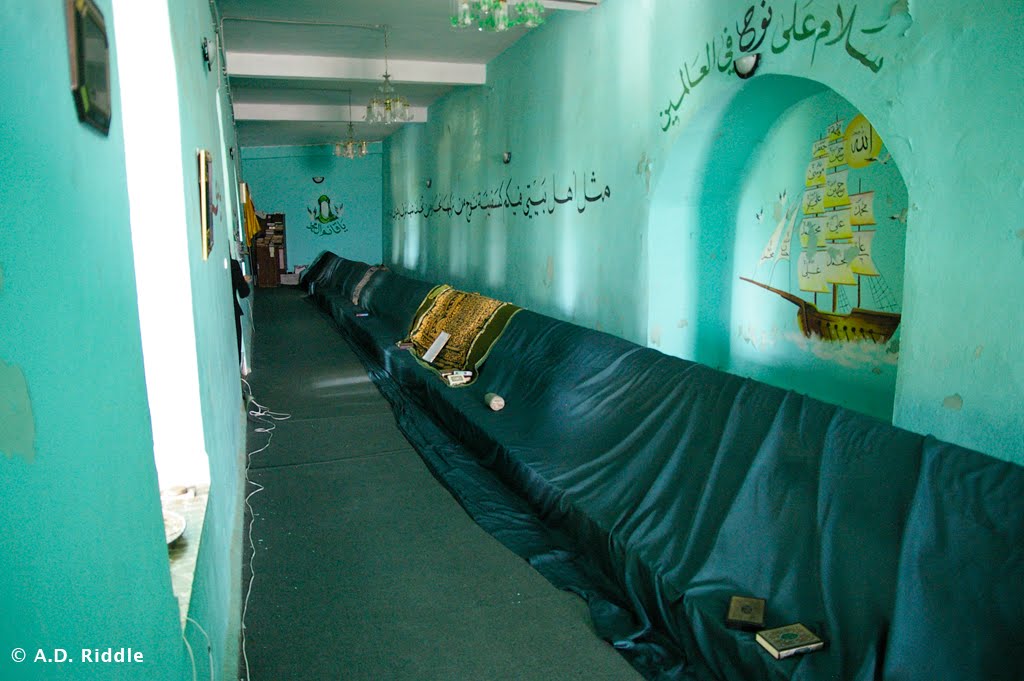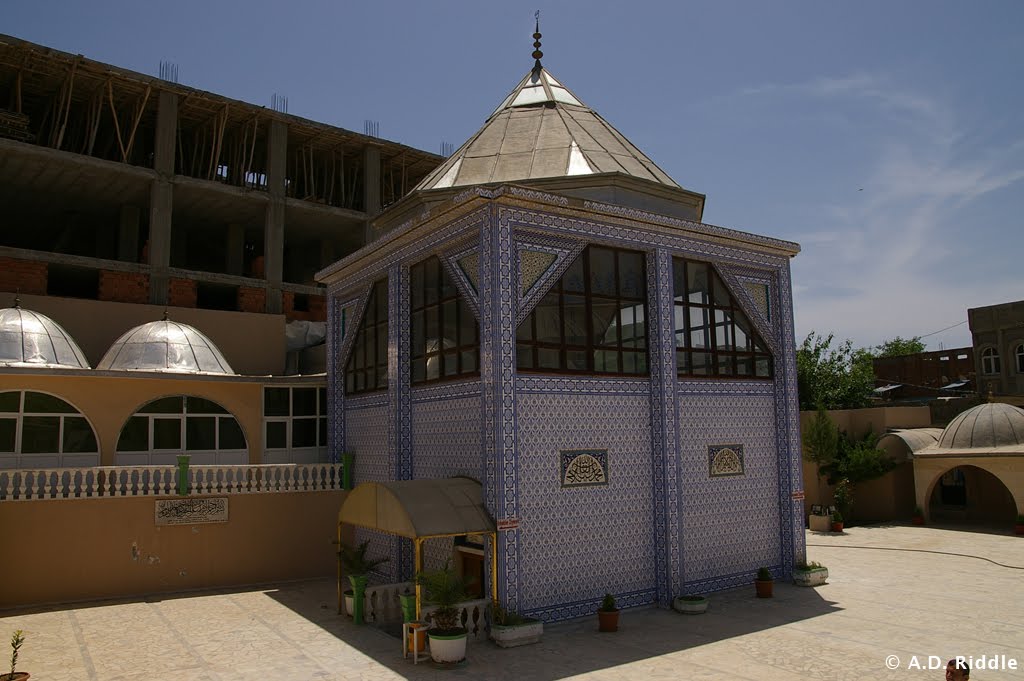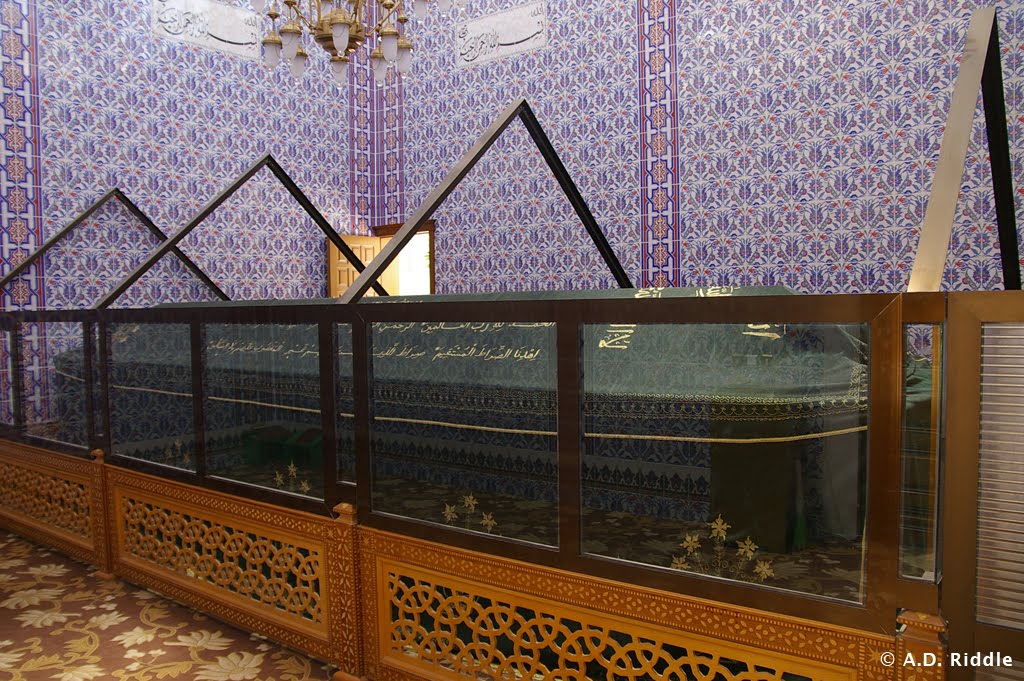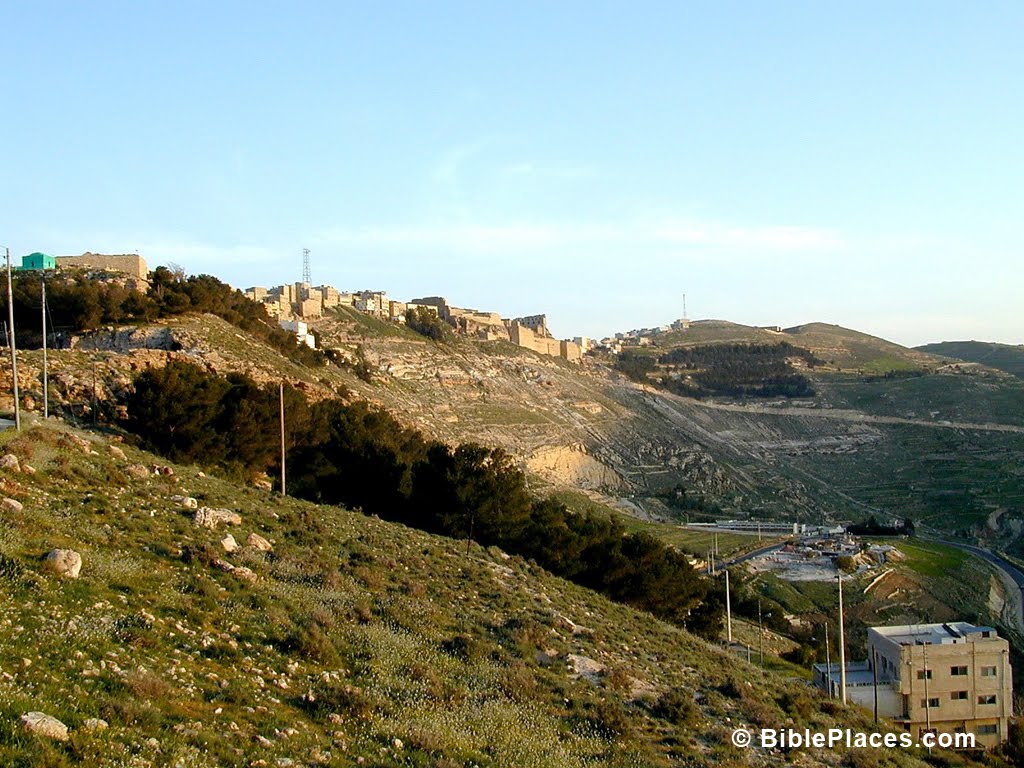In the 1920s, archaeologists had the chance to study remains underneath Al Aqsa Mosque. The findings of a Jewish mikveh, Byzantine mosaic, and other pre-Islamic items were not made public until recently. Nadav Shragai describes their importance and connects them with the discoveries made in the Temple Mount Sifting Project.
Shragai mentions in that same article that rebar and other construction material is now laying on the Foundation Stone, the holy rock inside the Dome of the Rock. Leen Ritmeyer has photos.
“The Palestine Archaeological Databank and Information System is now accessible openly without registration.”
The Tel Burna team has aerial photos showing the great progress they have made.
“The Church of the Nativity in Bethlehem on Friday became the first World Heritage Site to be listed under the name of Palestine.” (JPost)
Four caves in Mount Carmel with early evidence of human occupation were also designated as a World Heritage site.
The ESV Concise Bible Atlas is now available. The 64-page paperback sells for $10, and both size and price may be attractive to the weak and the poor. (See here for my comments on its big brother.)
John Monson is interviewed this week on the Book and the Spade, with attention given to his upcoming participation in the Khirbet Qeiyafa excavation and the shrines discovered there.
The widening of Highway 1 will slow down traffic from Tel Aviv to Jerusalem for many years.
Matti Friedman retells the story of the discovery of the Cave of the Treasure, a cache of more than 400 copper objects more than 5,000 years old.
“An ancient Phoenician port in Beirut dating back to at least
500 B.C. was destroyed Tuesday,” said archaeologists. There’s no port there, according to the
Archaeological Assessment Report.
The Day of Archaeology 2012 was yesterday, but posts will continue to be added for another week.
HT: Charles E. Jones, Jack Sasson
